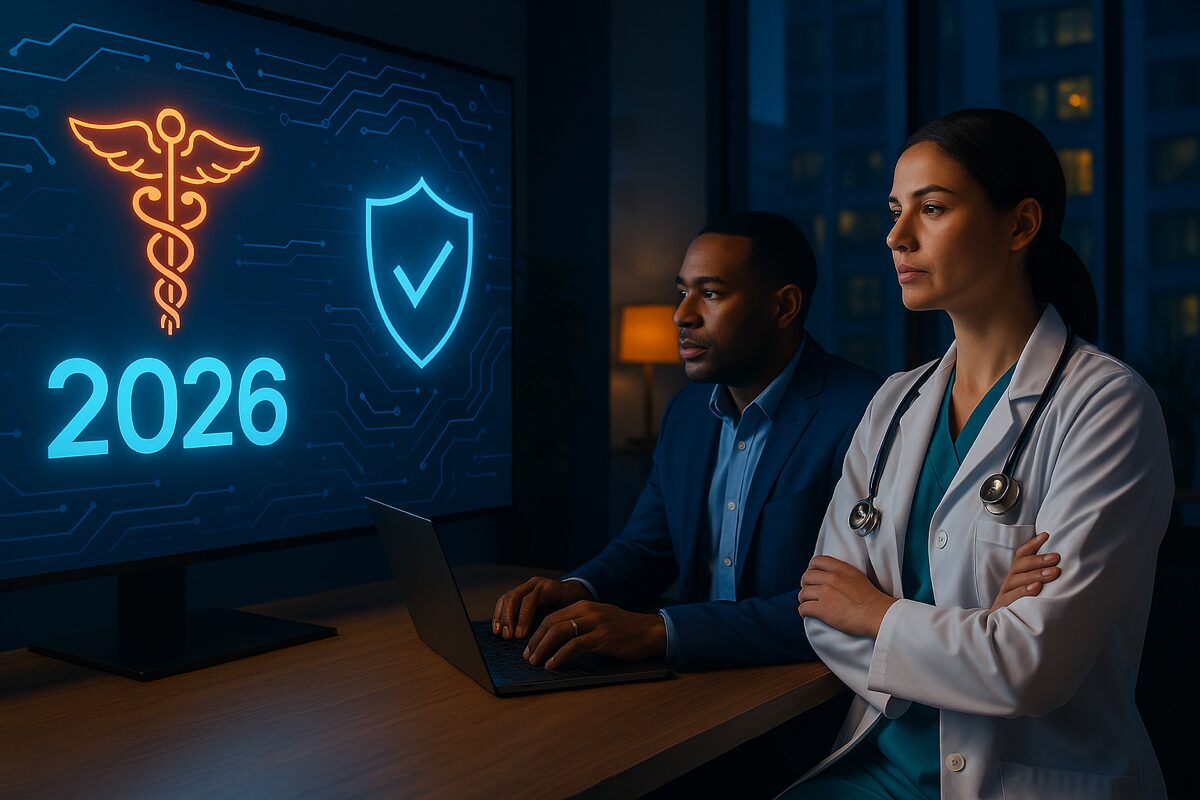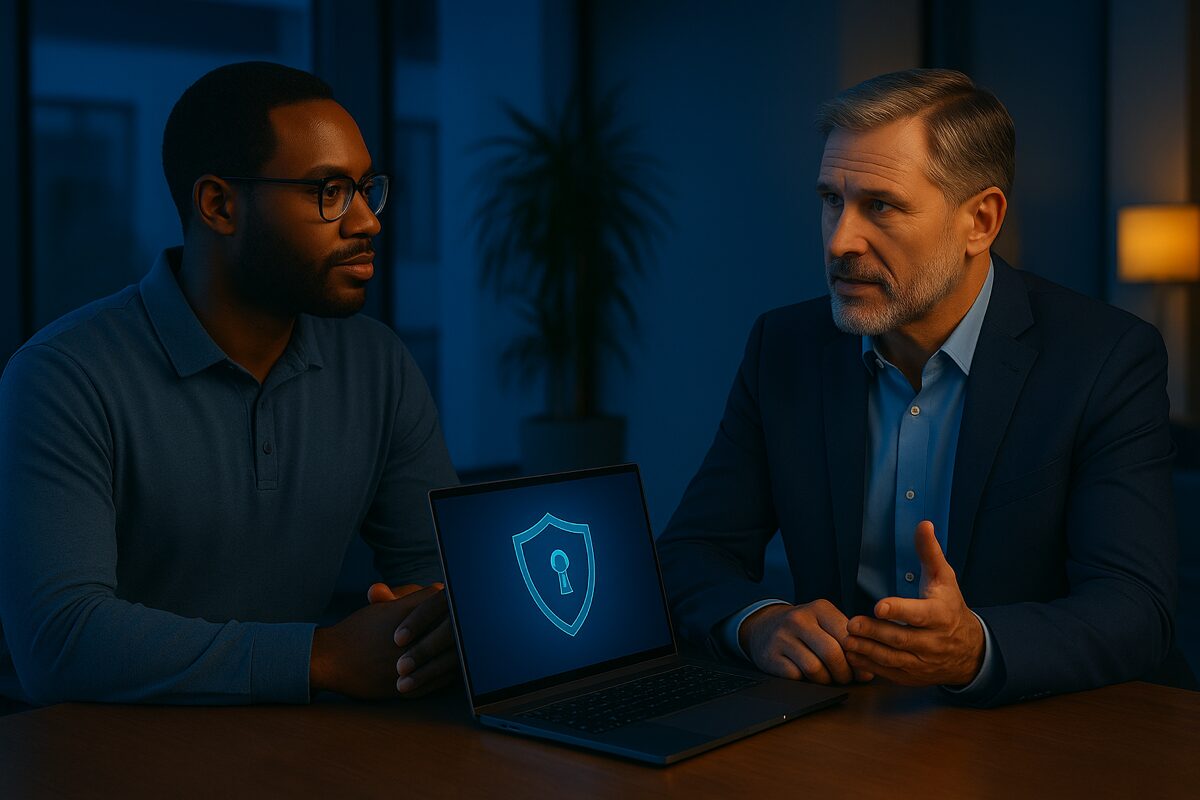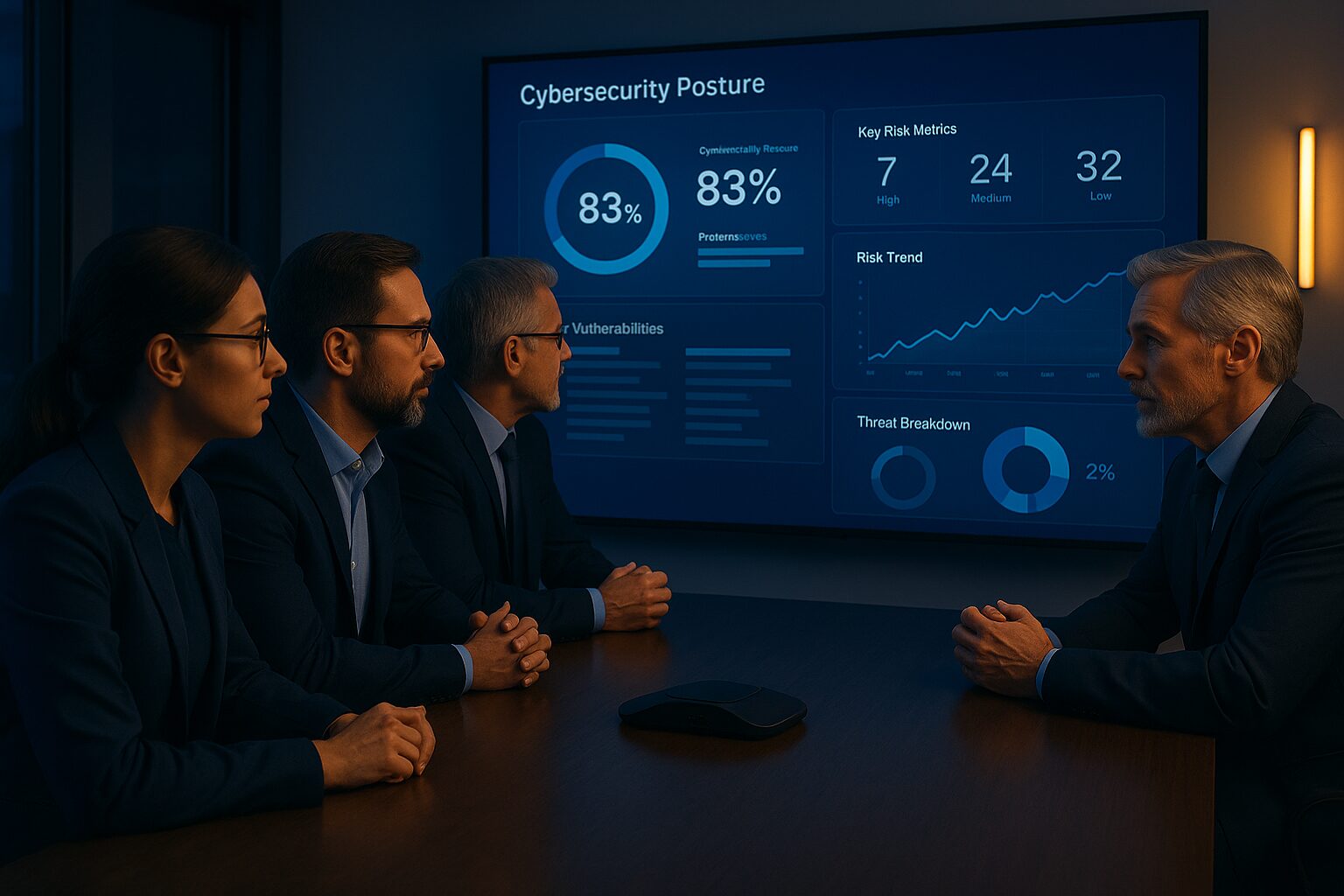Embracing managed IT services significantly enhances the long-term care residential experience by ensuring seamless technological operations, bolstering security, and optimizing efficiency for a more streamlined and reliable caregiving environment.
Preview
Long-term care is a critical need for many people as they grow older. Nearly half of all people turning 65 will need some form of elder care before the end of their lives. Nursing homes, memory care centers, acute care facilities, and assisted living facilities play a vital role in protecting the safety and mental health of elderly or disabled adults, and these facilities require strong IT infrastructure to support their operations and patient needs.
Many elder and disabled care facilities dedicate most of their annual budgets to administration, clinical safety, upkeep, and maintenance. They frequently have small, understaffed IT departments with personnel who struggle to manage the IT and network infrastructure. Some facilities have multiple locations across a specific geographic area, compounding the problems faced by these companies and their IT departments. In many cases, the various locations have different internet service providers, leading to numerous bills for internet, television, and voice communications. This can hinder communication and lead to increased costs.
LTC facilities looking for solutions to their IT challenges can streamline operations, ensure regulatory compliance, protect security, and safeguard patient well-being and safety by turning to managed IT service solutions. By outsourcing IT to a third party, facilities can accomplish their goals and focus on delivering critical care to their patients instead of time-consuming, routine IT tasks.
Common IT Challenges Faced By LTC Facilities
Over the past decade, technology has dramatically expanded within healthcare, including in long-term care facilities. Technology promises to improve patient well-being and enhance operations, but facilities must have robust IT infrastructure in place. Facilities rely on multiple technologies, including medication tracking, electronic medical records (EMR), fall sensors, and WiFi for residents. These technologies must be built on a solid foundation of reliable infrastructure supported by knowledgeable IT professionals who can ensure they run smoothly.
Some of the challenges faced by LTC facilities in regards to IT include the following:
- Outdated, unreliable, and slow IT infrastructure
- Cyberthreats
- Stringent regulations and the need for strict compliance
- Old productivity tools and employee communication methods
- Porous networks
Outdated, Unreliable Infrastructure
Care organizations seldom devote much of their budgets to IT infrastructure, which means many facilities have outdated, unreliable IT infrastructure that is inadequate to support their technology needs. When functionality fails, patients can be placed at risk. Slow systems and frequent breakdowns can result in downtime. Maintaining legacy systems also comes with much higher costs than maintaining newer, cloud-based IT infrastructure.
With managed IT services, care organizations can benefit from the cloud in multiple ways. Managed IT providers can deliver round-the-clock IT support and security through tools available via the cloud. This requires lower maintenance costs, scalability, increased flexibility, heightened security, and access to the most recent updates.
Growing Cyberthreats
Cybercriminals have increasingly turned to softer targets, including healthcare and long-term care facilities. In 2022, 78% of reported data breaches targeting healthcare organizations of all types resulted from hacking. Like hospitals and other types of care providers, LTC facilities are common targets for cybercriminals because of the sensitive patient data they hold, the relative lack of robust cybersecurity measures, and small, understaffed IT departments. Facilities must implement strong cybersecurity measures to defend against potential cyber threats. Managed IT security professionals can audit cybersecurity systems and ensure facilities have the strongest possible protection against threats.
Stringent Regulations and Compliance
Data breaches have greatly expanded within the last decade. To protect patient privacy and data, Congress has enacted two major laws with extensive regulatory requirements for facilities, including the Health Information Technology for Economic and Clinical Health Act (HiTECH Act) and the Health Insurance Portability and Accountability Act (HIPAA). In addition, care providers that contract with Medicare and Medicaid must also comply with regulations under these programs.
Facilities that provide care services must ensure patient data is handled securely by their employees. They must also invest in strong IT infrastructure and network security to prevent data breaches. Managed IT services help facilities ensure regulatory compliance, avoiding potentially costly fines and penalties.
Outdated Productivity Tools
Long-term and acute care facilities face multiple challenges that can be partly solved by providing employees access to modern, cloud-based productivity tools. The industry faces high turnover rates, low staffing, and communication problems, and modern technology can help with all of these issues. Managed IT services might provide cloud-based productivity tools to enhance patient care and take some of the stress out of the jobs performed by clinicians and nursing staff. A robust IT infrastructure can facilitate cloud-based communication and provide access to information to improve adherence to care plans and patient well-being.
Streamlined IT support and infrastructure help LTC facilities maintain functionality and compliance. Facilities are forming partnerships with IT-managed service providers that can be trusted to provide reliable support..
Managed IT Services Long-Term Care Benefits
Long-term care facilities derive multiple benefits from outsourcing IT services to a managed services provider. Doing so allows facilities to leverage the expertise of IT professionals without having to build a fully-staffed internal IT team or maintain resources in-house.
A managed services provider (MSP) can help facilities build a predictable IT roadmap and set a technology budget for the improvement of process efficiency and the ability to scale up. Some of the benefits facilities derive from managed IT include:
- Improved quality of care
- Streamlined patient documentation
- Secure access for staff to resident information when they need it
- Protection from security risks
- Automated resident care alerts and workflows
- Greater scheduling and client choice flexibility
- Dashboards to simplify IT tasks and keep informed
Streamline Network and IT Management
Health information technology (HIT) requires a robust framework to protect data and meet facility needs surrounding IT strategy, design, support, security, and implementation. Long-term care facilities with outdated technology often have outdated approaches to patient care. This can be particularly true for providers with several facilities and rotating caregivers who require reliable technology to complete their jobs. A managed IT services provider can streamline network and IT management, minimize downtime, and ensure accessibility even when unexpected events occur.
Reduce Technology and IT Costs
Providing care for older adults is often plagued with underfunding and budget constraints, which leads many facilities to forgo critical IT investments. Legacy systems with outdated hardware and minimal IT support can increase stress and lead to burnout. They can also result in regulatory violations and substantial fines. By outsourcing IT to a reliable MSP, long-term care providers can make informed decisions and reduce costs with cost-effective, outsourced IT solutions.
Round-the-Clock Support
Nursing staff and clinicians need access to round-the-clock IT support to perform their jobs well, protect patient safety, and keep family members happy. Those who cannot receive real-time support might experience delays and make mistakes that can reduce patient care quality and expose the organization to potential liability. Managed IT service providers offer round-the-clock support and reliable IT solutions to increase employee engagement and satisfaction across an organization’s locations. This can also improve the implementation of new technology and ensure the transition is smooth. An MSP should work with a long-term care organization to determine the technologies that will best meet their needs and implement them. They should also provide training and onboarding support to prevent obstacles and minimize resistance to change.
Expertise With HIT
An MSP must have expertise in health information technology. HIT costs frequently extend far beyond the upfront cost of the technology and include testing, updates, training, and other related expenses before it can be fully implemented. While some care providers attempt to provide essential IT services in-house, they can be challenging to maintain. Without expert help and automation, routine IT tasks can multiply when HIT must be implemented across several locations.
A reliable MSP can provide the following help to the long-term care industry:
- Automation of software updates for critical applications
- Implementation of strict standards to ensure compliance and IT security best practices
- Provision of training for staff members with little time or tech experience
- Scalable solutions
- Identification of ways to optimize IT service delivery and enhance patient quality of life
Strategic IT Solutions
Expert-managed service providers work closely with facilities and form partnerships with the leadership team for senior living to identify strategies that improve decision-making, address labor shortages, and create user-friendly workflows through successful IT solutions. An MSP can coordinate with all relevant stakeholders and staff to implement HIT and ensure the IT initiative’s success and positive impact. The MSP will ensure smooth implementation and provide 24-hour support so the nursing staff can deliver high-quality care with reliable technology. American skilled nursing facilities can ensure they meet the needs of their patients, protect patient confidentiality and sensitive data, minimize downtime and disruptions, and optimize and streamline their operations with the help of managed IT services.
If you would like to learn more about managed IT services for your facility, contact us for more information today.



